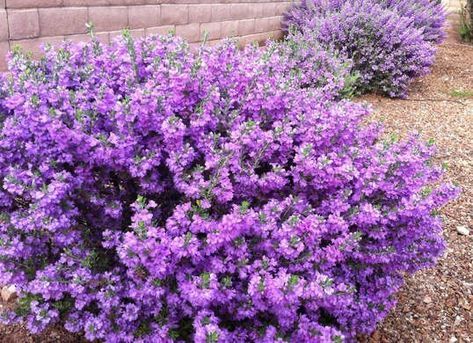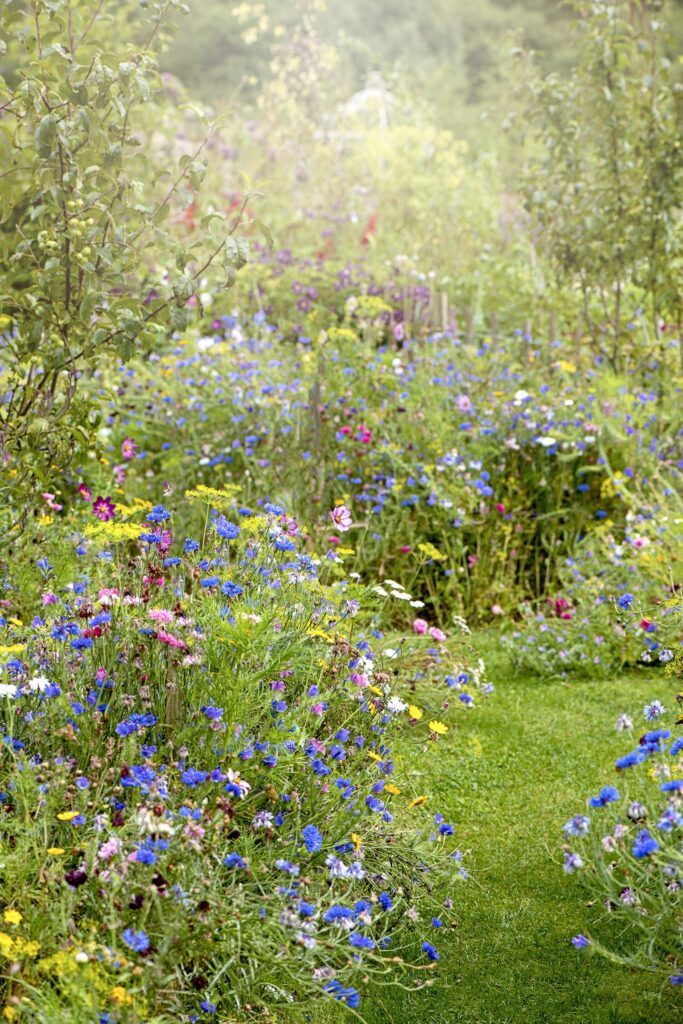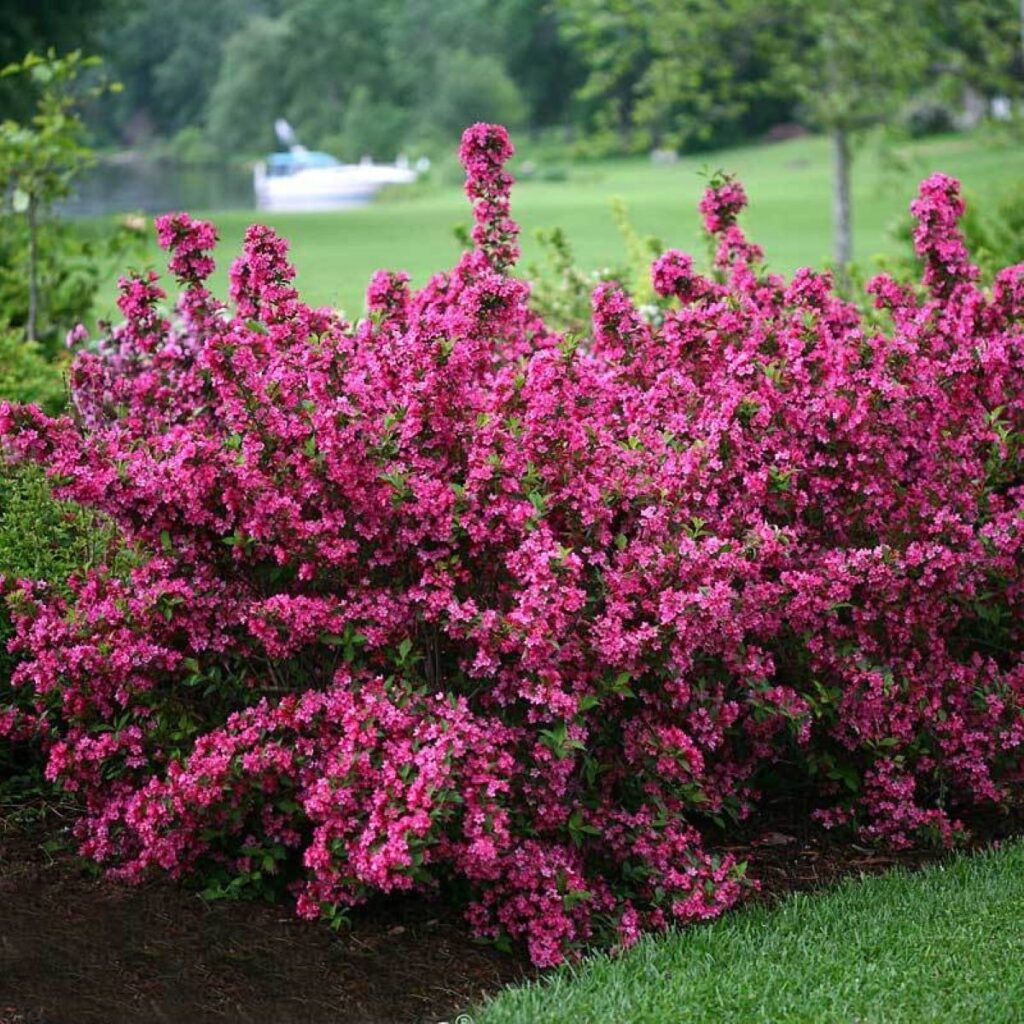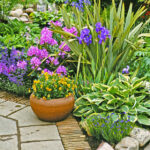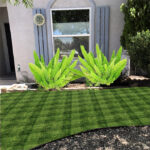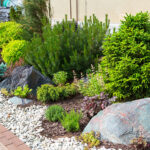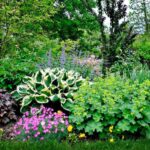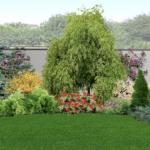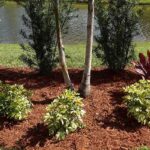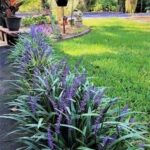Landscaping plants play a crucial role in creating a beautiful and inviting outdoor space. With a wide variety of plants to choose from, homeowners can design a landscape that suits their preferences and enhances the overall aesthetic of their property.
When selecting landscaping plants, it is important to consider factors such as the climate, soil type, and sunlight exposure in the area. Native plants are often a great choice as they are adapted to the local conditions and require less maintenance. Additionally, incorporating a mix of evergreen and flowering plants can ensure year-round interest in the landscape.
In terms of design, landscaping plants can be used to create focal points, add color and texture, and define different areas in the landscape. Trees and shrubs can be strategically placed to provide privacy or shade, while flowers and ornamental grasses can bring pops of color and movement to the space. Mixing different plant heights and shapes can also create visual interest and balance in the landscape.
Maintenance is an important aspect to consider when choosing landscaping plants. Some plants require more care than others, so it is important to select plants that fit with the homeowner’s level of commitment to maintenance. Choosing drought-tolerant plants or installing a drip irrigation system can help reduce water usage and make maintenance easier.
In addition to aesthetics, landscaping plants can also provide environmental benefits. Trees and shrubs help improve air quality, reduce noise pollution, and provide habitat for wildlife. Planting a variety of plants can also help support pollinators such as bees and butterflies, promoting biodiversity in the landscape.
Overall, incorporating a diverse selection of landscaping plants can help create a dynamic and sustainable outdoor space. By carefully selecting plants that thrive in the local environment and considering factors such as design, maintenance, and environmental benefits, homeowners can create a landscape that not only looks beautiful but also contributes to a healthier ecosystem.
